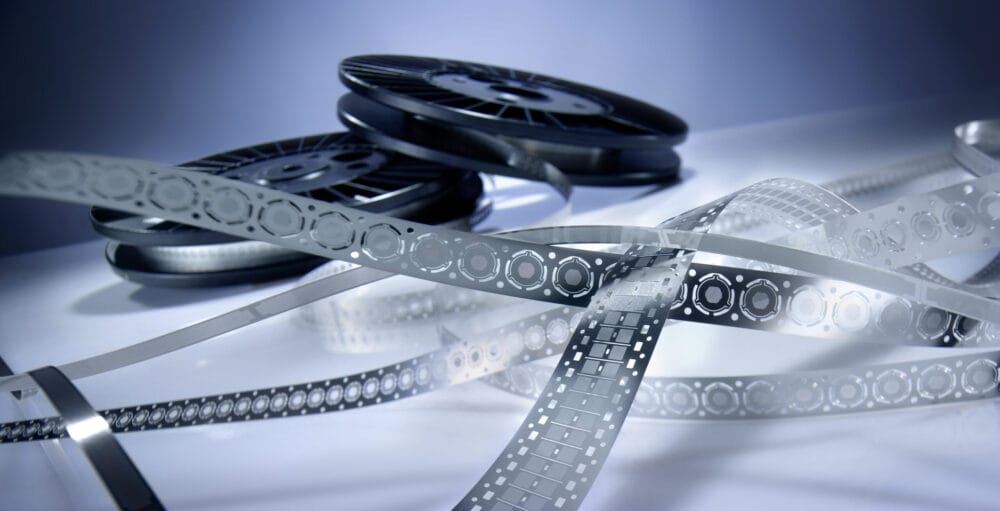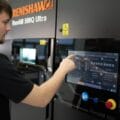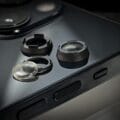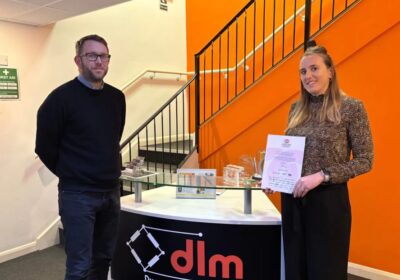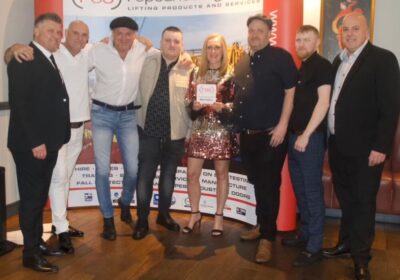(January 25th 2024, Muellheim, Germany) Among the many unique aspects of micrometal’s next generation photo chemical etching (PCE) process is the fact that it offers it as a continuous PCE process, meaning that metal can be processed continuously from the introduction of initial raw material (typically on a reel) to the final packaging step (which can see finished parts delivered on a reel).
The company’s continuous production technology allows for the manufacture of endless strips of components (so-called reel-to-reel production) enabling the manufacture of customer specific highly precise parts in industrial volumes wound onto reels for ease of further processing post-delivery. Metal strip thicknesses can be between 25 and 400 microns.
Jochen Kern, Head of Sales & Marketing at micrometal says, “micrometal’s continuous PCE process also avoids problems associated with batch-to-batch variations, effectively processing one large batch rather than a number of smaller batches. It is only in this way that PCE process innovators like micrometal can truly claim that the first and the millionth part will actually be the same. Uniquely in the industry, we can process and deliver up to 800-meter-long metal strips on reel, and these are often requested in industries that already demonstrate a high degree of automation in their own processing. Thus, the etched parts provided in reels by micrometal can be selectively coated or used by ‘Pick & Place’ at the final point of production. Such procedures are already widely implemented in the medical and automotive industries where micrometal services a number of market-leading and blue-chip OEMs.”
Inherent in the continuous PCE process are a number of other process advantages which places the company at the forefront of innovation in the fabrication of ultra-precise, thin metal parts and components. One of the most significant advantages of micrometal’s process is the use of long-life glass photo-tools, which, compared to photographic film templates used in traditional PCE processes, offer higher imaging fidelity, fine structure, and length stability. This results in unmatched precision and promotes design freedom. The large size of glass photo templates (up to 760 mm long and 280 mm wide) also allows for a broad design area.
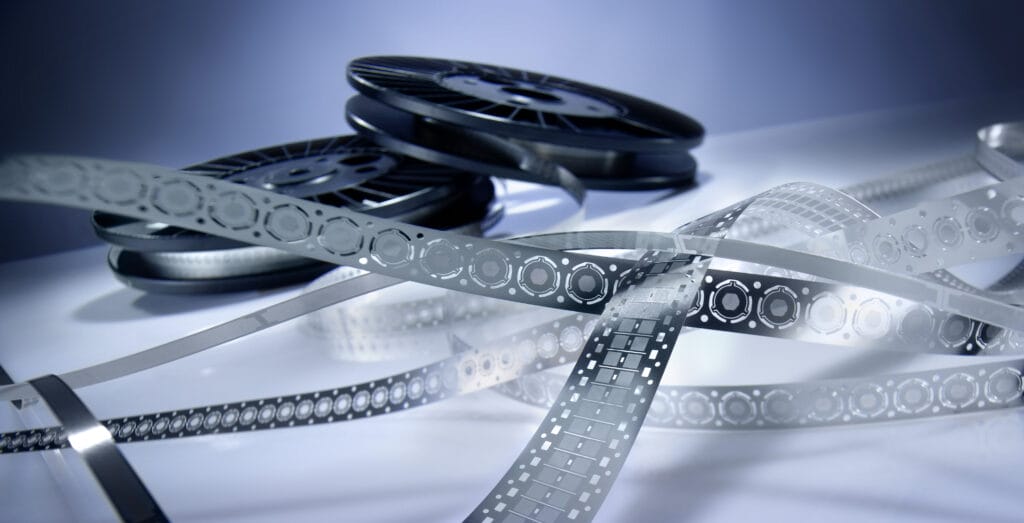
Another key benefit is the high imaging accuracy provided by the liquid photo-resist that micrometal uses. This system, unique to micrometal, achieves the thinnest photo-resist layers, enabling the creation of the smallest features across the industry. This precision is critical for producing parts with complex features and extremely tight tolerances.
Kern continues, “The inline PCE process employed by micrometal enables etching in a quasi-stationary state, ensuring high accuracies and the maintenance of tight tolerances. For example, the minimum hole diameter achievable with this technology is approximately 80% of the material thickness, and material thicknesses can range from 25 to 400 microns. Our continuous process not only offers a higher degree of precision but also supports the production of large quantities of parts for series production at a competitive and economical price. This scalability is particularly important for industries that require large volumes of high-precision parts, such as automotive, aerospace, medical technology, and consumer electronics.”

